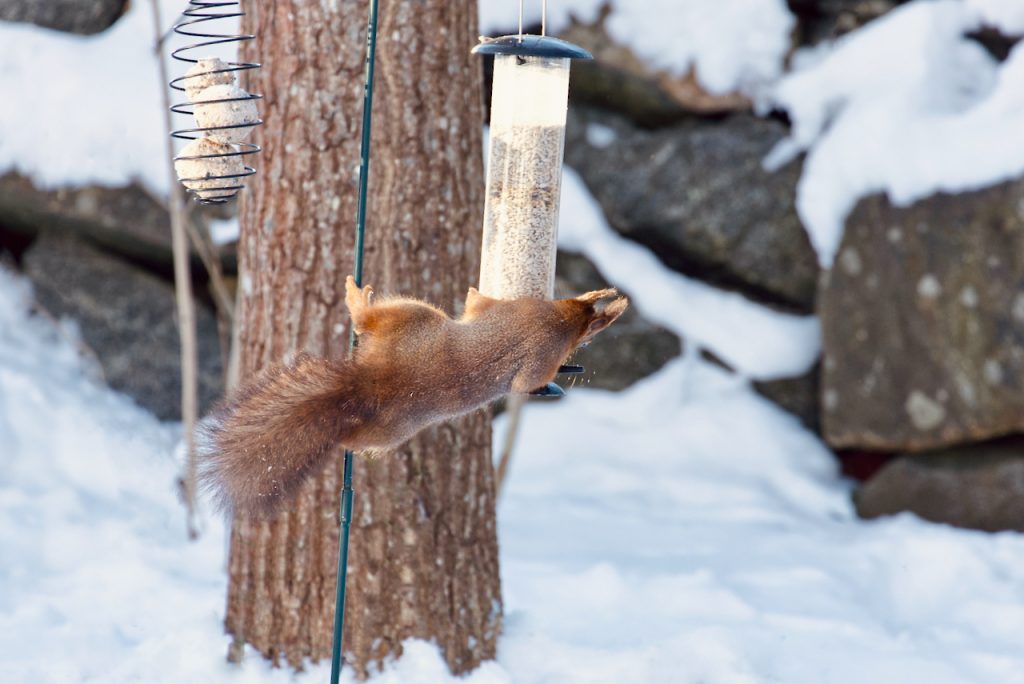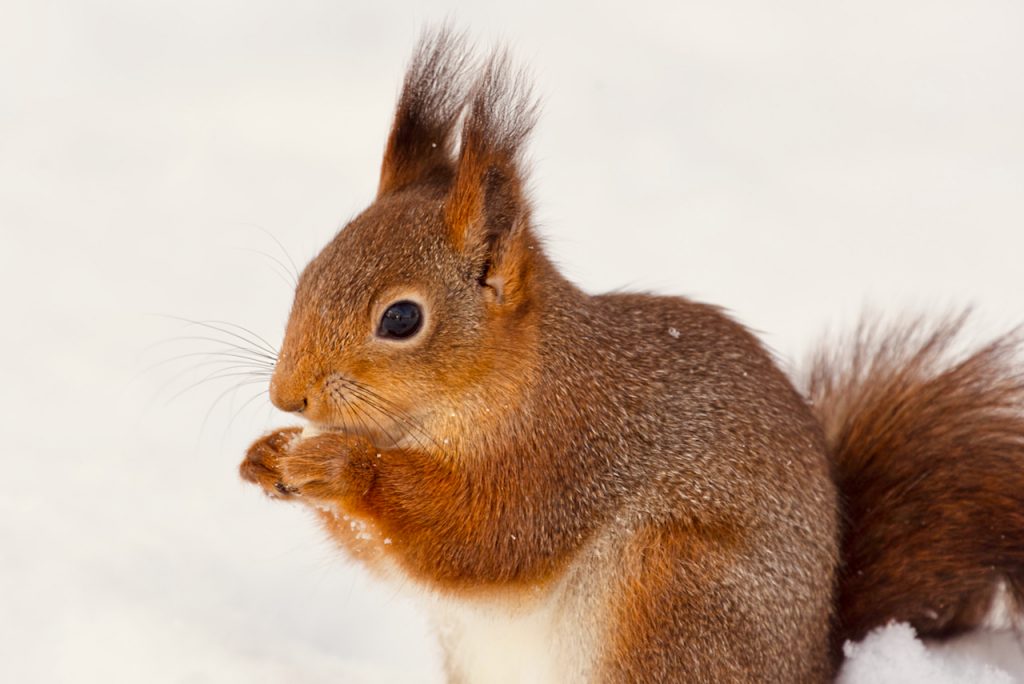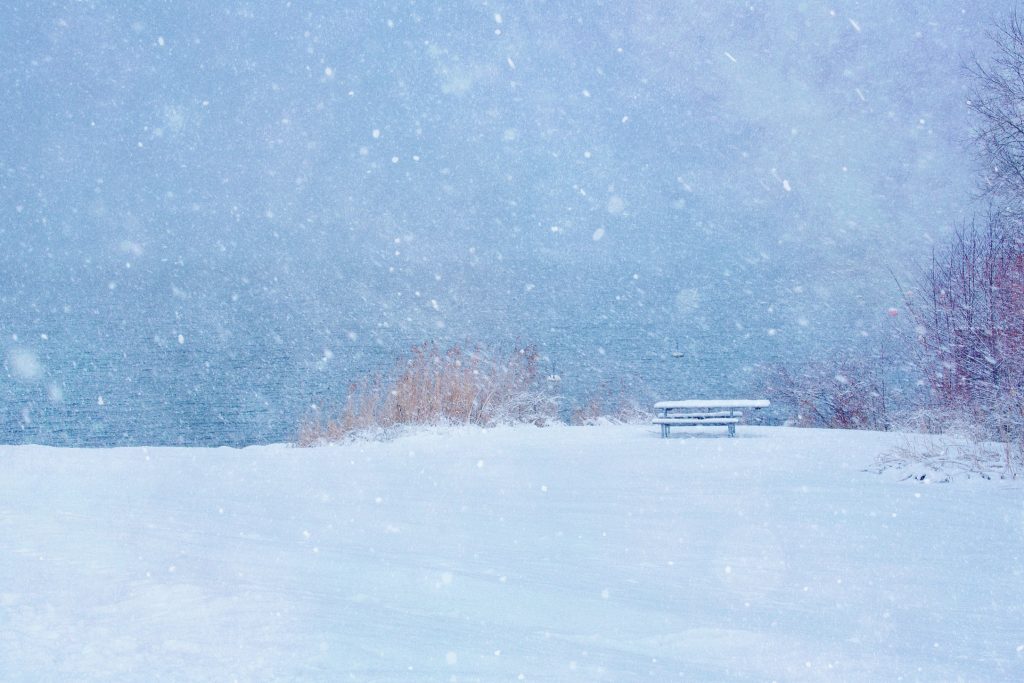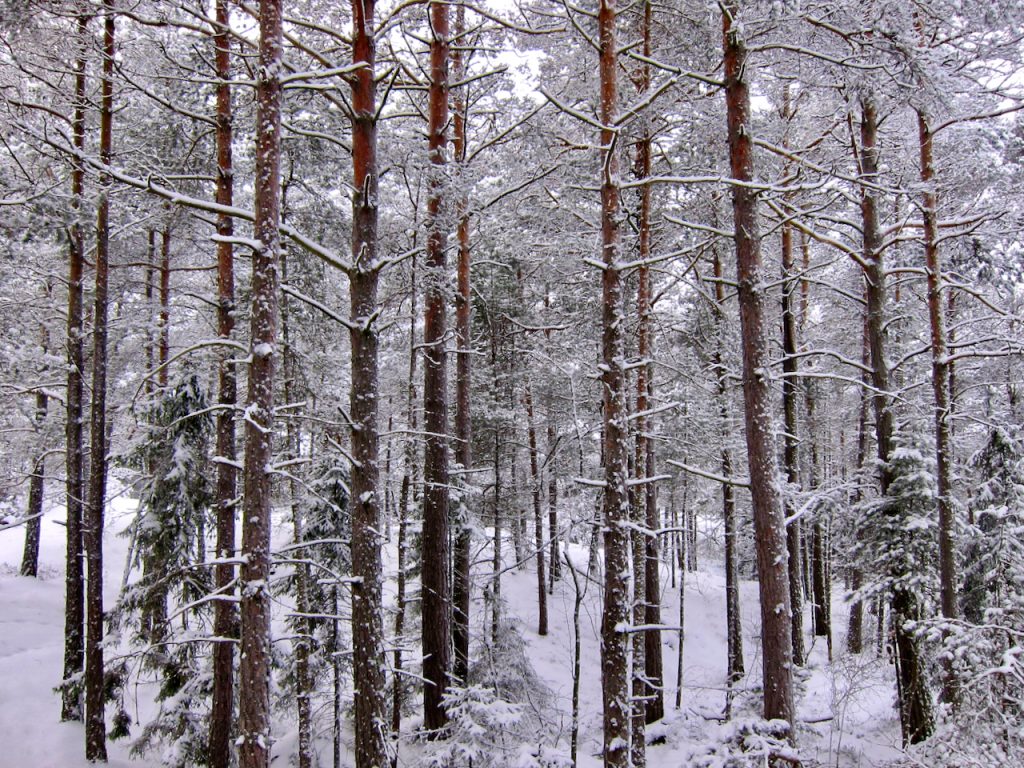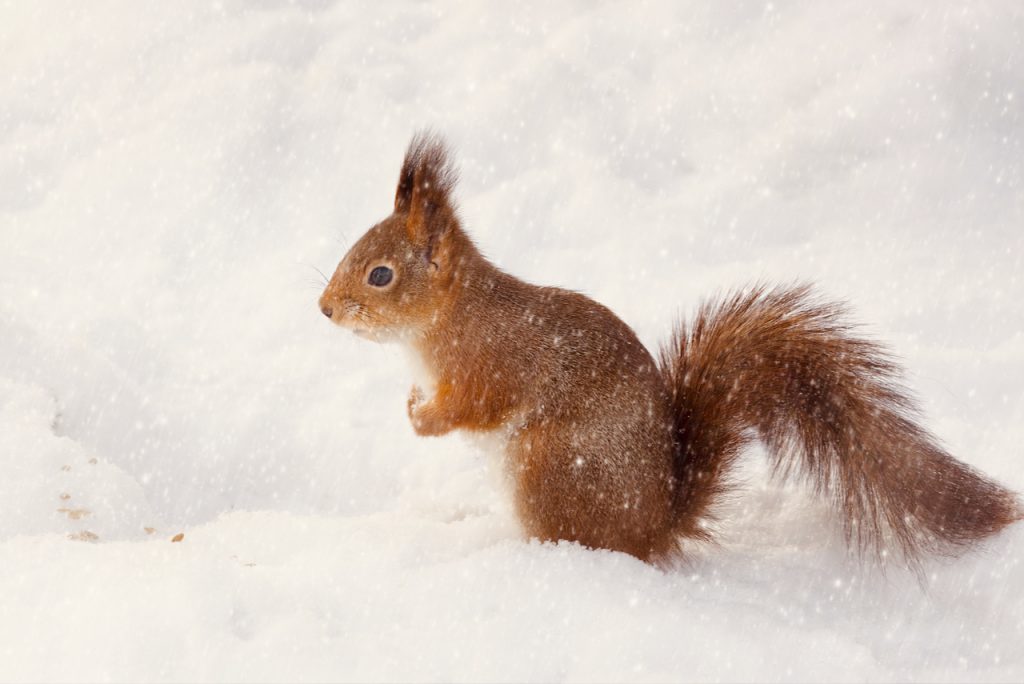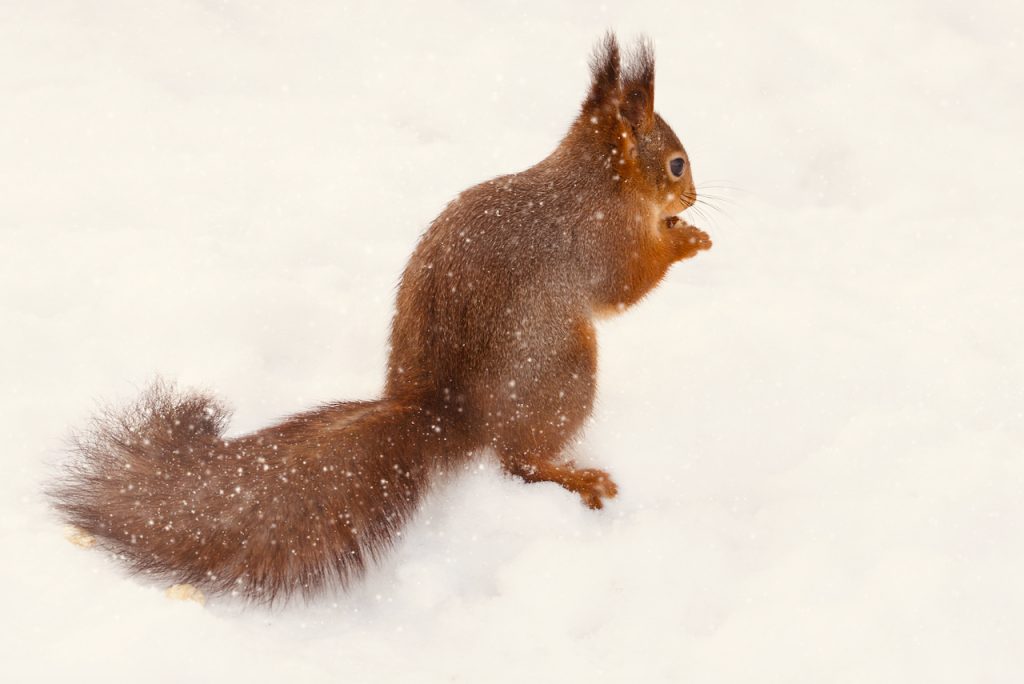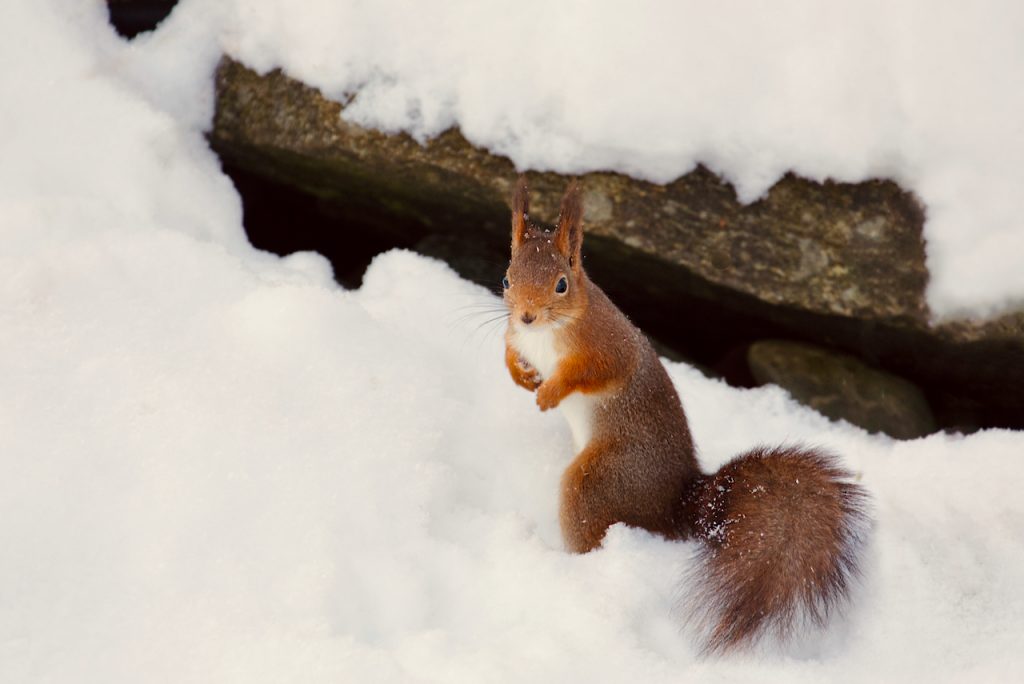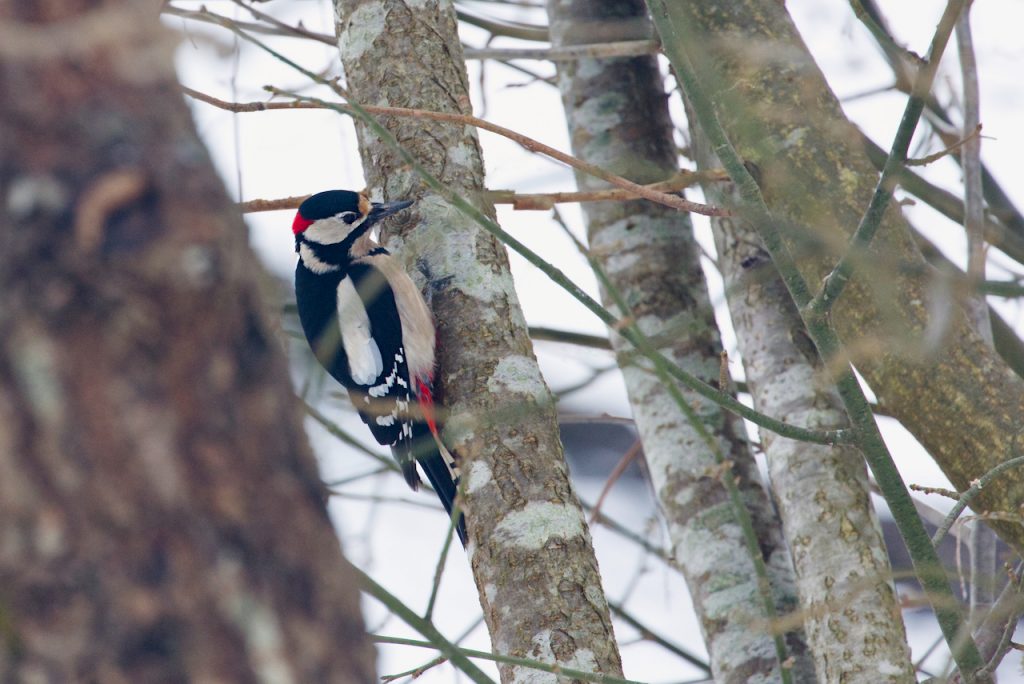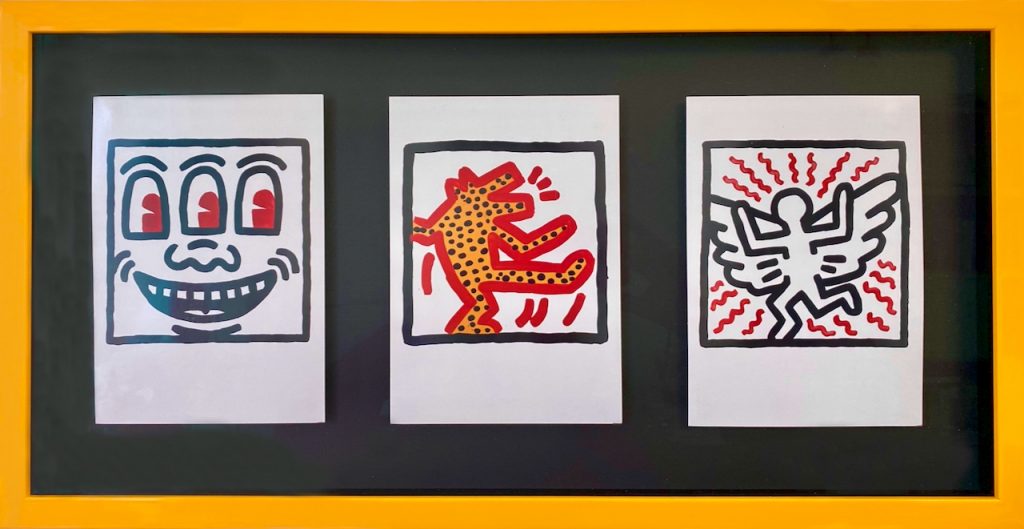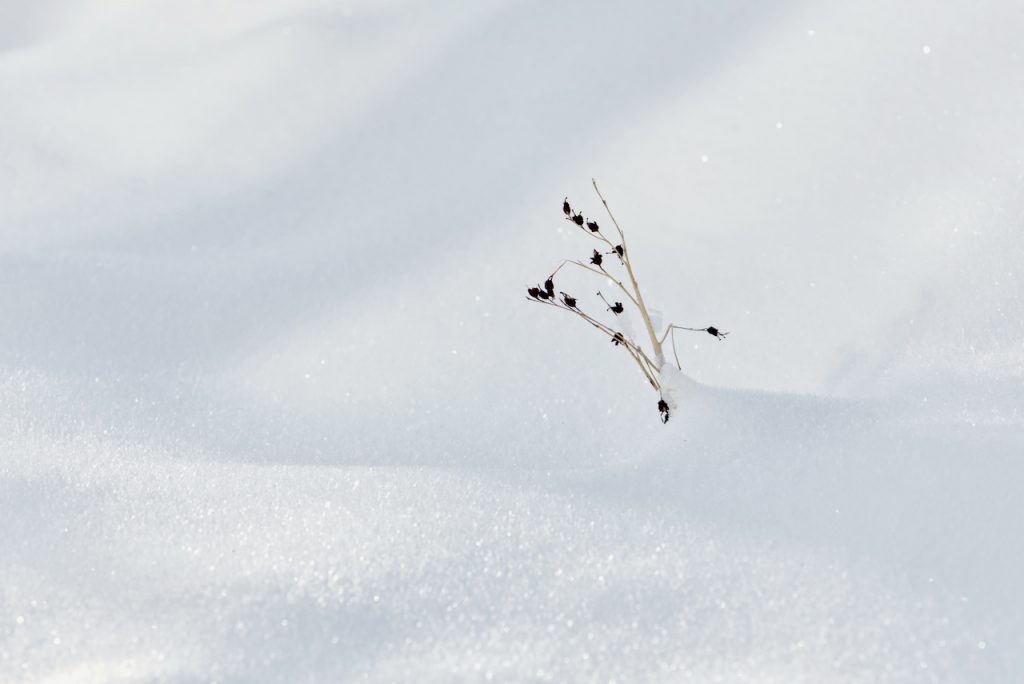
Being an artist is an act of daring. Daring to bare your soul to the world. A creative person does his work at home and keeps it at home, away from critical eyes. An artist sends it out in the world for all to see, to enjoy it, and criticize it. This is what separates amateurs from professionals.
You know all those modern art pieces you sneered at, saying, “I could do that!”, “I could do that better!”. Well, why didn’t you? Why don’t you?
Maybe you could. But that artist didn’t stop at talking about her art, how she was going to create this great piece, how innovative it was. She didn’t dream about creating that beautiful artwork while waiting to have more time or take another course. She acted on it. Intention and follow through. That’s why they say, “The road to hell is paved with good intentions and roofed with lost opportunities.”
Good intentions and great plans will get you nowhere very fast. You get an excellent idea and think, “I have something here. This would be a perfect start for a novel.”. And so, you toy with the idea, dream about writing that novel, maybe even find it a catchy title. You can see the cover, with “a splendid debut”-blurb splashed over it. You write the opening lines.
The morning the first undead burst into the city, Mats woke up in a dilapidated garage, his head pulsing with the mother of all headaches. A dog stared at him, tail wagging furiously back and forth. Where the hell was he? What was he doing in this, this…place? With a terrier? If it was a terrier, Mats didn’t know much about dogs and, frankly, didn’t care. Of course, had he known about the undead, his view of things may have been slightly different.
The new genre-renewing zombie novel! And you will write it! As soon as you’ve finished that new book about writing horror, and you have a little more time to think about the plot. Days, weeks, and months go by, and you’re still re-working the first paragraph, slowly turning into Joseph Grand in the process.
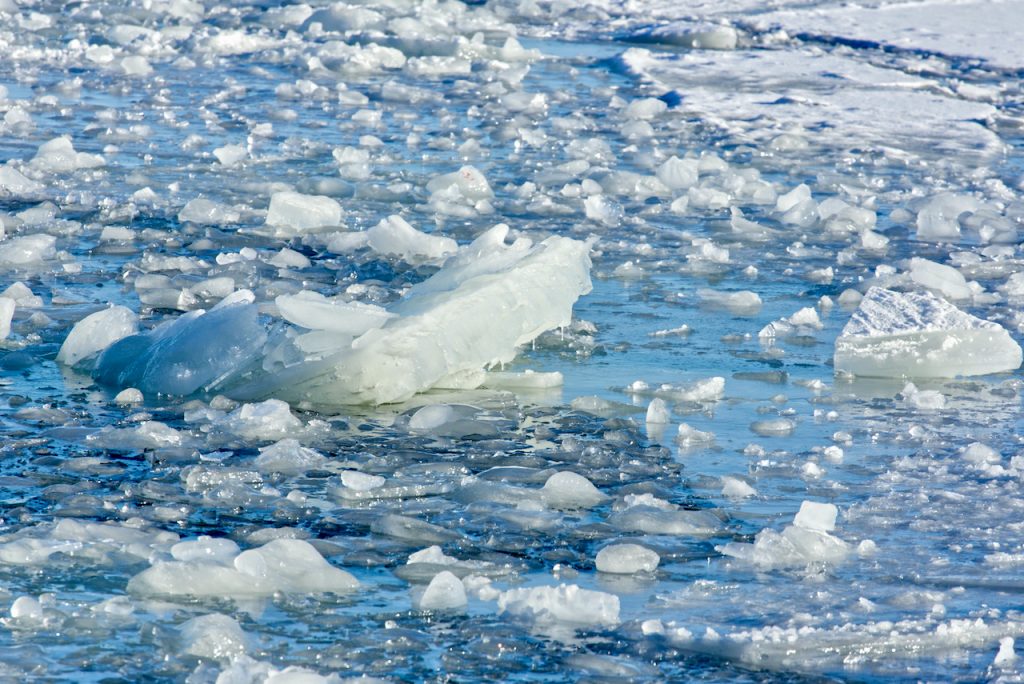
The safest road to hell is the gradual one – the gentle slope, soft underfoot, without sudden turnings, without milestones, without signposts. (C. S. Lewis, The Screwtape Letters).
A true artist dares to send out her imperfect creation in the world. She wasn’t ready to; no artist ever is. But at some point, she’s made her peace with the work. It’s not as brilliant as she can see it in her mind’s eye, but she accepts that this is the best she can do right now.
There’ll be criticism; there always is, of course. While nobody is ever ready for it, she moves on; she releases her soul’s child to the cold eyes of critics. Her work is done.
Creative people keep their creations close; anguished, they protect them. Artists release them to fend for themselves.
Related Posts
- Just Do It!
- The Perpetual Tide and Ebb of the Creative Process
- How To Handle Creative Blocks & Avoid Distraction
- Ray Bradbury’s Writing Advice For Writers To Be
If you liked this post, share it on your preferred social network or forward it to a friend.

